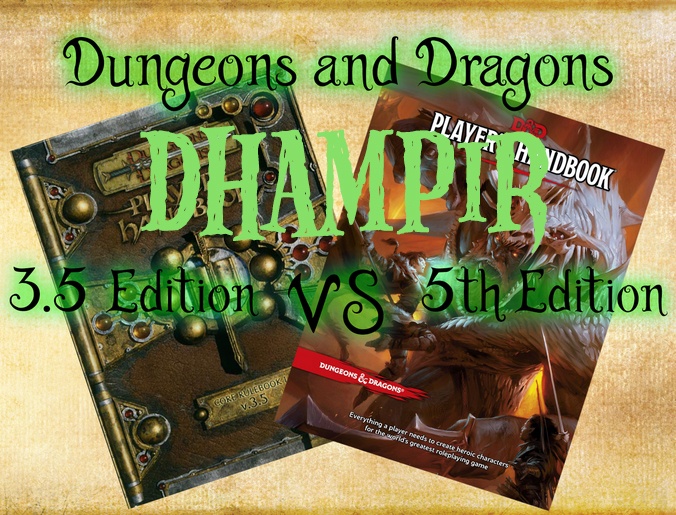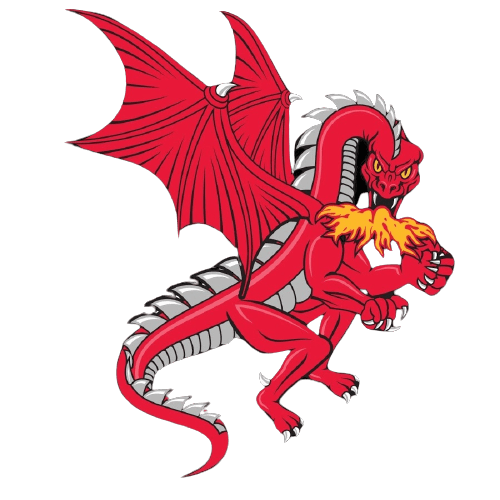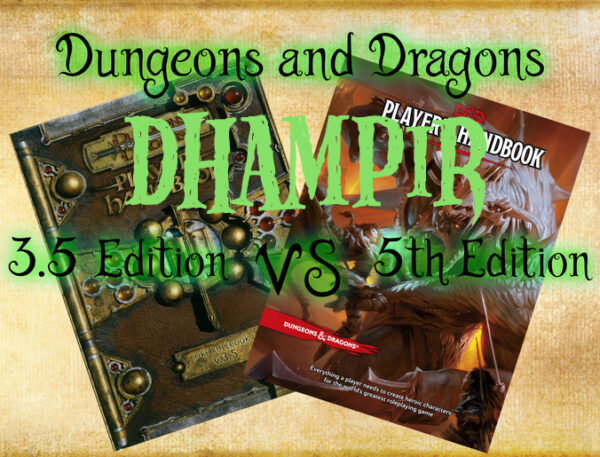Dhampirs in D&D: A Tale of Two Editions (3.5e vs. 5e)

Dhampirs, the intriguing half-vampire race, have graced the Dungeons & Dragons universe for several editions. This post explores how they’ve been represented in 3.5e and 5e, highlighting the key differences and similarities.
Dhampirs in 3.5e: The Early Days
In 3.5e, dhampirs were often presented as a template that could be applied to any humanoid race. This meant a dhampir could be a half-elf, a halfling, or even an orc, adding a layer of complexity to their origins. They were presented in Libris Mortis: The Book of Undead, a sourcebook focusing on undead and related themes.
Template Mechanics: The dhampir template granted several abilities, including darkvision, resistance to negative energy, and a limited form of blood drain. They also gained a level adjustment, meaning they were generally more powerful but started at a higher effective level, making them less accessible to new players.
Flavor and Lore: 3.5e dhampirs were often depicted as brooding, conflicted individuals, struggling with their vampiric heritage. Their connection to negative energy made them natural fits for classes like cleric (particularly those with a focus on death or undeath) or rogue.
Weaknesses: While powerful, 3.5e dhampirs also had weaknesses, such as vulnerability to sunlight and a need to consume blood (though not as frequently as full-blooded vampires).
Dhampirs in 5e: A Race of Their Own
5e took a different approach, establishing the dhampir as a distinct race with its own unique traits. This change, introduced in Van Richten’s Guide to Ravenloft, made them more accessible and streamlined for players.
Racial Traits: 5e dhampirs possess several unique abilities, including superior darkvision, spider climb, a bite attack that drains life force, and a healing surge. These traits give them a distinct flavor and playstyle.
No Level Adjustment: Unlike their 3.5e counterparts, 5e dhampirs don’t have a level adjustment. This makes them playable from 1st level, opening up a wider range of character options.
Flavor and Lore: 5e dhampirs maintain the theme of internal conflict, grappling with their dual nature. However, the focus shifts slightly, emphasizing their connection to life force rather than simply blood. This allows for more diverse interpretations of the dhampir “thirst,” which may not always manifest as a craving for blood.
Subraces (Optional): While not explicitly defined, the 5e approach allows for potential subraces or variations based on the specific nature of the dhampir’s vampiric parent.
Which Version is Better?
The “better” version depends on your preferences. 3.5e’s template approach offered greater flexibility, allowing for a wider range of dhampir types. However, this came with added complexity. 5e’s racial approach is more streamlined and accessible, making dhampirs easier to play and integrate into campaigns. Ultimately, both versions offer unique and compelling ways to explore the dhampir archetype.
Conclusion:
Whether you prefer the customizable template of 3.5e or the streamlined race of 5e, dhampirs remain a captivating choice for players seeking a character with a foot in both the living and undead worlds. Their internal struggles, unique abilities, and intriguing lore make them a compelling addition to any D&D campaign.
Discover more from DDO Players
Subscribe to get the latest posts sent to your email.





Leave a Comment